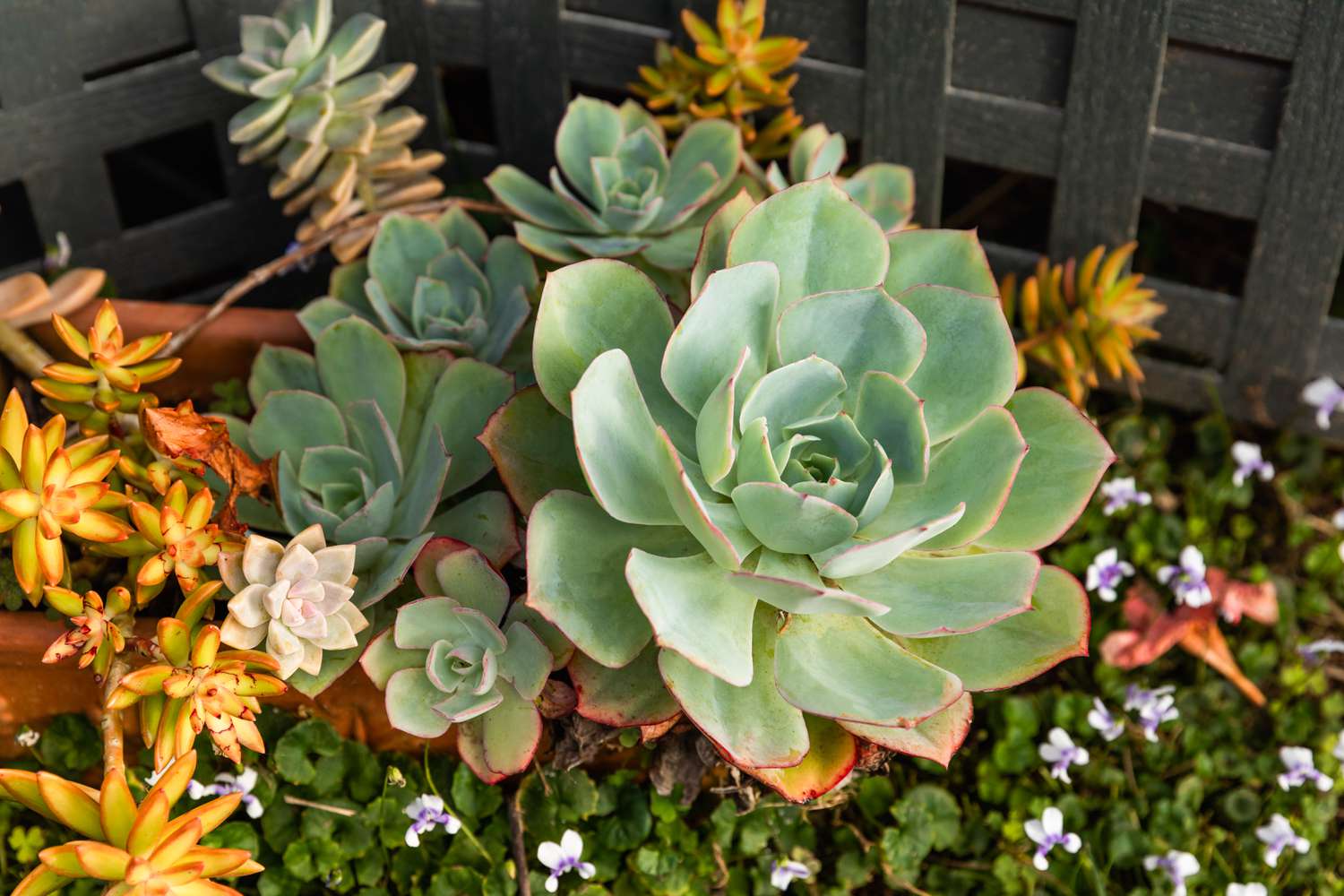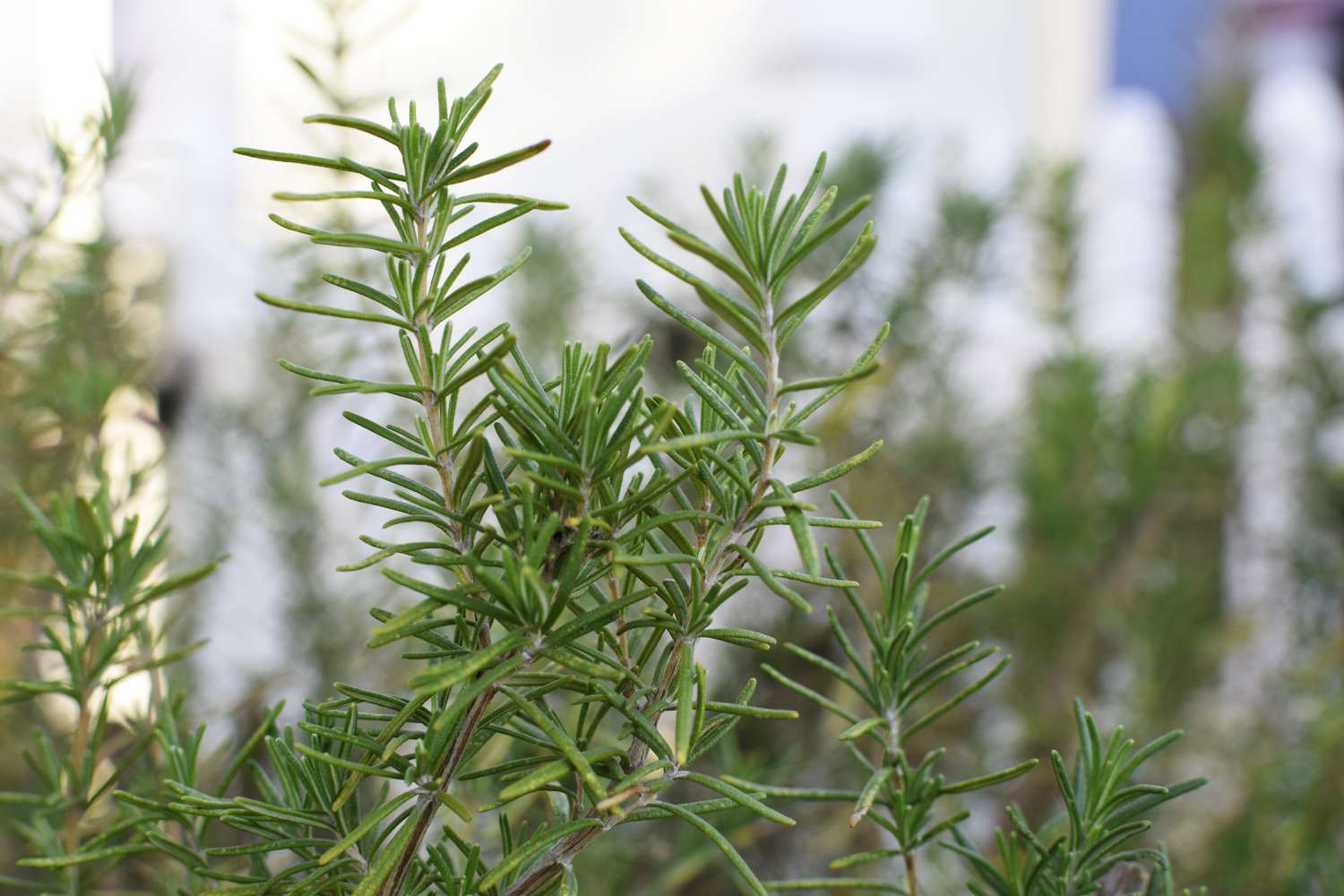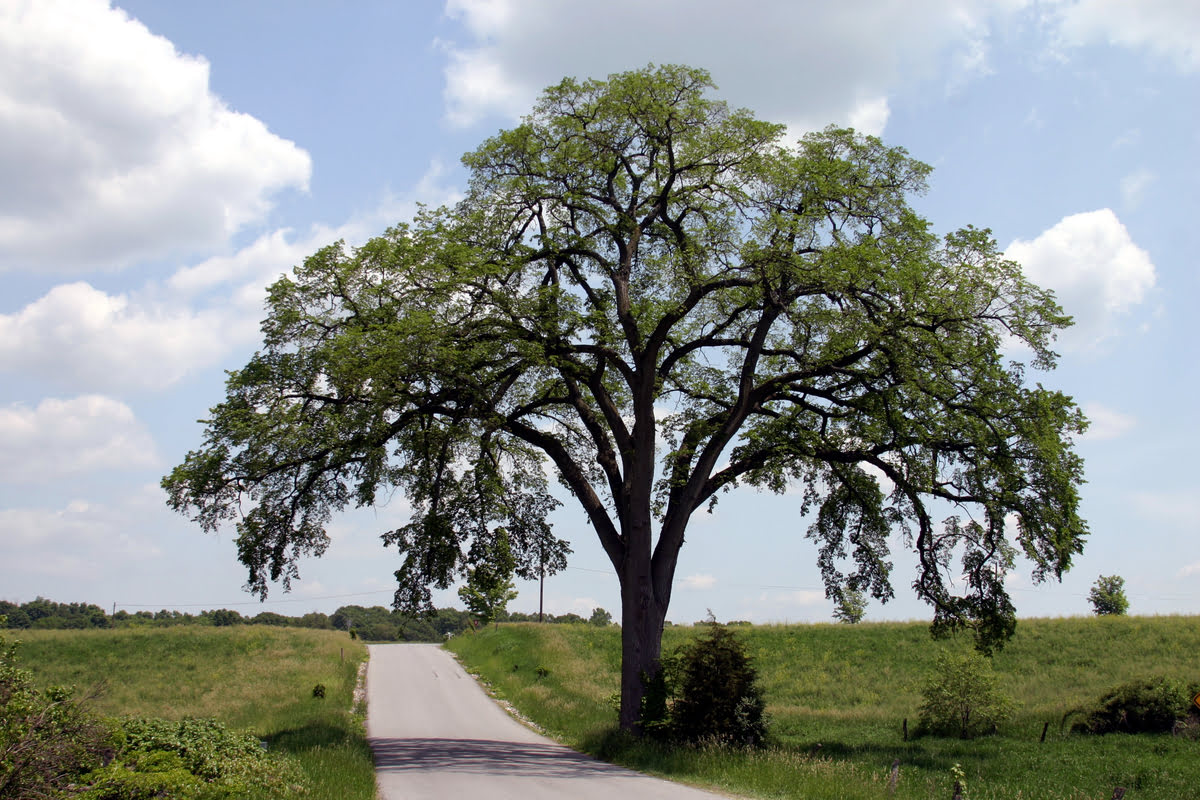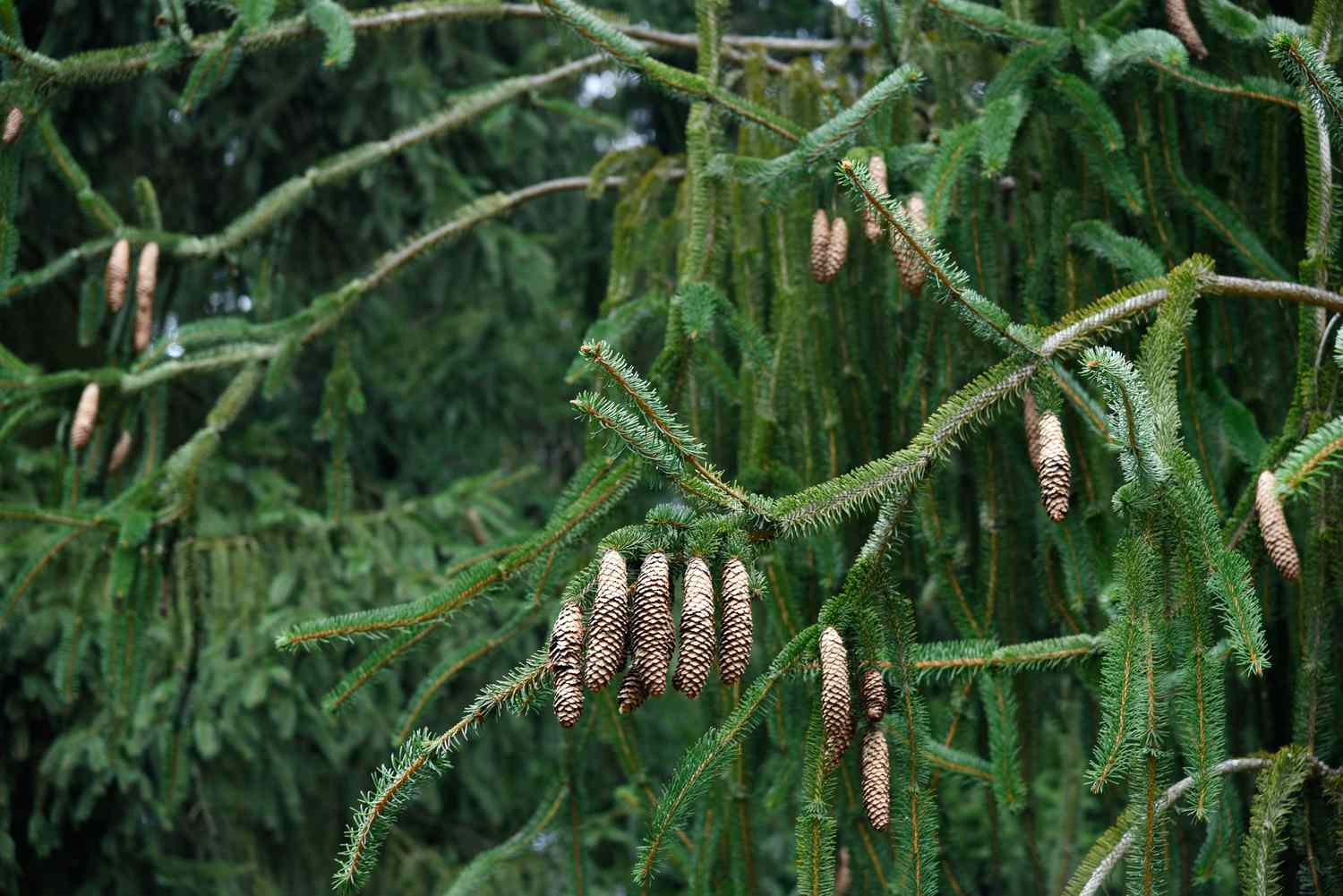Home>Gardening News and Trends>Latest News>How Long Does Parvo Live In The Soil


Latest News
How Long Does Parvo Live In The Soil
Published: February 14, 2024
Discover the latest news on how long Parvo can survive in soil. Learn about the lifespan of Parvo and how to protect your pets. Stay informed with the latest updates.
(Many of the links in this article redirect to a specific reviewed product. Your purchase of these products through affiliate links helps to generate commission for Chicagolandgardening.com, at no extra cost. Learn more)
Table of Contents
**
Introduction
**
Parvovirus, commonly known as parvo, is a highly contagious and potentially deadly virus that affects dogs. This viral infection is caused by the canine parvovirus, which can survive in various environments, including soil. Understanding how long parvo can live in the soil is crucial for pet owners and animal health professionals to effectively prevent its spread and protect canine populations.
Parvo is transmitted through direct contact with an infected dog or its feces, as well as indirectly through contaminated objects such as food and water bowls, collars, leashes, and the soil itself. The virus is resilient and can persist in the environment for extended periods, posing a significant risk to unvaccinated dogs and puppies.
As responsible pet owners, it is essential to be informed about the factors that influence the survival of parvo in soil, the duration of its viability, and the measures that can be taken to mitigate the risk of infection. By gaining insight into these aspects, individuals can actively contribute to the prevention of parvo outbreaks and the protection of canine companions from this pervasive and potentially fatal virus.
**
Understanding Parvo and Its Transmission
**
Canine parvovirus, or parvo, primarily affects dogs and is a highly contagious and resilient virus. It belongs to the family Parvoviridae and is known for its ability to survive in the environment, including soil, for prolonged periods. The virus primarily targets the gastrointestinal tract and bone marrow of dogs, leading to severe symptoms such as vomiting, diarrhea, lethargy, and in some cases, death.
Parvo is transmitted through direct contact with an infected dog or its feces. Additionally, the virus can spread indirectly through contact with contaminated objects and environments, including soil. When infected dogs defecate outdoors, the virus can contaminate the soil, where it remains viable and poses a risk of infecting other animals for an extended period.
Understanding the transmission of parvo is crucial for implementing effective preventive measures. The virus can be shed in the feces of infected dogs even before clinical signs appear, making it challenging to identify and isolate infected animals. This underscores the importance of vaccination, as well as maintaining strict hygiene and sanitation practices to minimize the risk of environmental contamination.
By comprehending the mechanisms of parvo transmission and the resilience of the virus in the environment, pet owners and animal health professionals can take proactive steps to limit its spread and protect canine populations from the devastating effects of this infectious disease.
Factors Affecting Parvo Survival in Soil
The survival of parvovirus in soil is influenced by various factors that contribute to its resilience and longevity outside of a host organism. Understanding these factors is essential for assessing the risk of environmental contamination and implementing strategies to mitigate the spread of the virus.
1. Environmental Conditions: Parvo can survive in a wide range of environmental conditions. Factors such as temperature, moisture levels, and soil composition can impact the virus’s persistence. Parvovirus is known to endure in both warm and cold temperatures, and it can remain viable in soil with varying moisture content, allowing it to pose a threat to dogs in diverse geographic regions.
2. Organic Matter: Soil that contains organic matter, such as feces or other biological materials, can provide an environment conducive to the survival of parvovirus. The presence of organic matter can shield the virus from environmental stressors and help maintain its viability for an extended period.
3. pH Levels: The pH of the soil can also affect the survival of parvo. While the virus can endure in a range of pH levels, certain soil conditions may be more favorable for its persistence, potentially increasing the risk of transmission to susceptible animals.
4. Exposure to Sunlight: Ultraviolet (UV) radiation from sunlight can have a detrimental effect on the survival of parvovirus in soil. Direct exposure to sunlight may lead to the inactivation of the virus, reducing the risk of environmental contamination in outdoor areas with ample sunlight.
By considering these factors, pet owners, veterinarians, and public health authorities can develop targeted approaches to minimize the persistence of parvovirus in soil and reduce the likelihood of canine exposure to this infectious agent.
How Long Can Parvo Live in the Soil?
The longevity of parvovirus in soil is a critical aspect to consider when assessing the risk of environmental contamination and potential exposure of dogs to the virus. The virus has been found to survive in soil for an extended duration, posing a persistent threat to canine populations, particularly in areas where infected animals have defecated or come into contact with the environment.
Studies have indicated that parvovirus can remain viable in soil for months to potentially over a year under favorable conditions. The resilience of the virus allows it to persist in the environment, posing a risk of infecting susceptible dogs that come into contact with contaminated soil. Factors such as temperature, moisture levels, and the presence of organic matter can influence the duration of parvo viability in soil, with certain environments facilitating prolonged survival of the virus.
It is important to note that the infectious potential of parvovirus in soil diminishes over time, particularly in outdoor environments exposed to sunlight and other environmental stressors. While the virus may remain viable for an extended period, the risk of infection decreases as time elapses, especially in areas with ample sunlight and UV radiation, which can contribute to the inactivation of the virus.
Given the prolonged viability of parvovirus in soil, pet owners and animal health professionals should exercise caution and implement preventive measures to reduce the risk of canine exposure to contaminated environments. By understanding the potential duration of parvo survival in soil, proactive steps can be taken to minimize the risk of environmental transmission and protect dogs from this resilient and highly contagious virus.
Preventing Parvo Contamination in Soil
Preventing parvo contamination in soil is crucial for safeguarding the health of dogs and minimizing the risk of environmental transmission of the virus. By implementing proactive measures and adhering to preventive guidelines, pet owners and animal care professionals can significantly reduce the likelihood of canine exposure to parvovirus in outdoor environments.
1. Vaccination: Ensuring that dogs are appropriately vaccinated against parvovirus is fundamental in preventing the spread of the virus and reducing the risk of environmental contamination. Vaccination not only protects individual dogs from infection but also contributes to community immunity, limiting the prevalence of the virus in the environment.
2. Proper Waste Disposal: Responsible disposal of dog feces is essential for preventing parvo contamination in soil. Pet owners should promptly remove and dispose of their dogs’ waste in designated areas or waste bins to minimize the risk of environmental contamination. Avoiding the accumulation of feces in outdoor spaces helps mitigate the potential spread of the virus.
3. Environmental Hygiene: Regular cleaning and disinfection of outdoor areas where dogs frequent can help reduce the persistence of parvovirus in soil. Using appropriate disinfectants and cleaning protocols recommended for parvo decontamination can aid in minimizing the risk of environmental transmission and protecting canine companions from potential exposure.
4. Limiting Outdoor Access for Unvaccinated Dogs: Restricting the outdoor access of unvaccinated or incompletely vaccinated dogs can help mitigate the risk of environmental contamination with parvovirus. By minimizing the exposure of susceptible animals to outdoor environments where the virus may be present, pet owners can contribute to preventing the spread of the virus in soil.
5. Education and Awareness: Providing education and raising awareness about the risks associated with parvo contamination in soil can empower pet owners to take proactive measures to protect their dogs. By disseminating information about the resilience of parvovirus in the environment and the preventive strategies available, individuals can make informed decisions to safeguard their pets’ health.
By prioritizing preventive measures and promoting responsible pet ownership, the risk of parvo contamination in soil can be effectively minimized, contributing to the overall well-being of canine populations and the reduction of environmental transmission of this infectious virus.
Conclusion
Understanding the dynamics of parvovirus survival in soil is paramount for mitigating the risk of environmental contamination and protecting canine populations from this highly contagious and resilient virus. Parvo, a significant concern for dog owners and animal health professionals, can persist in the environment for extended periods, posing a persistent threat to unvaccinated dogs and puppies.
Factors such as environmental conditions, organic matter, pH levels, and exposure to sunlight influence the survival of parvovirus in soil, underscoring the need for targeted preventive strategies to minimize the risk of environmental transmission. By comprehending the mechanisms of parvo transmission and the resilience of the virus in the environment, individuals can take proactive steps to limit its spread and protect canine companions from the devastating effects of this infectious disease.
Preventive measures, including vaccination, proper waste disposal, environmental hygiene, limiting outdoor access for unvaccinated dogs, and education and awareness initiatives, play a pivotal role in preventing parvo contamination in soil. By prioritizing these strategies, pet owners and animal care professionals can contribute to reducing the prevalence of the virus in outdoor environments and safeguarding the well-being of dogs.
Ultimately, by fostering a comprehensive understanding of parvovirus survival in soil and implementing targeted preventive measures, the risk of environmental contamination and canine exposure to this infectious agent can be effectively minimized. Through proactive and informed approaches, the resilience of parvovirus in soil can be addressed, leading to a healthier and safer environment for dogs and a reduced incidence of parvo transmission.









